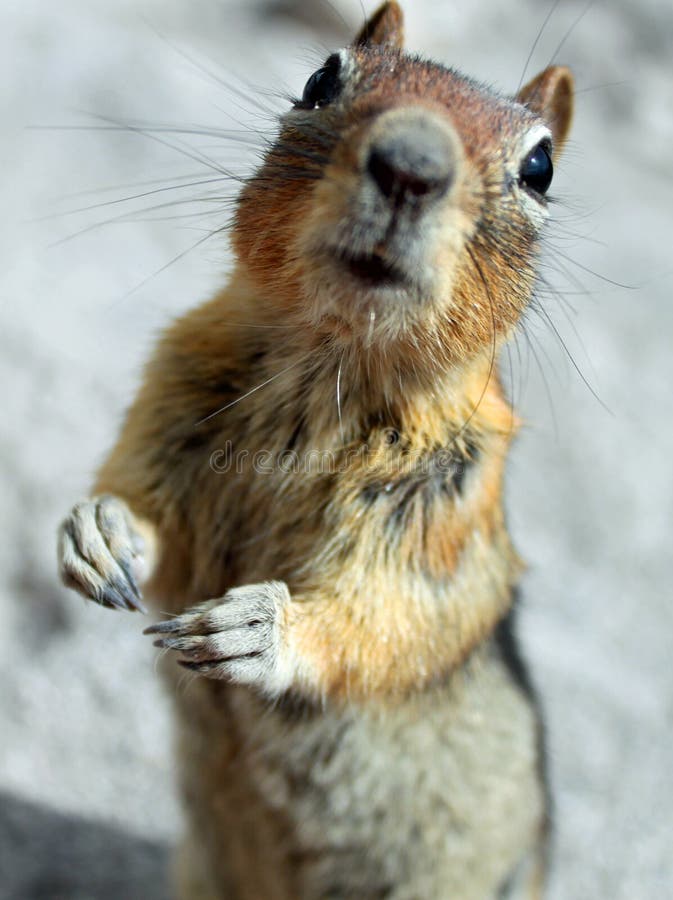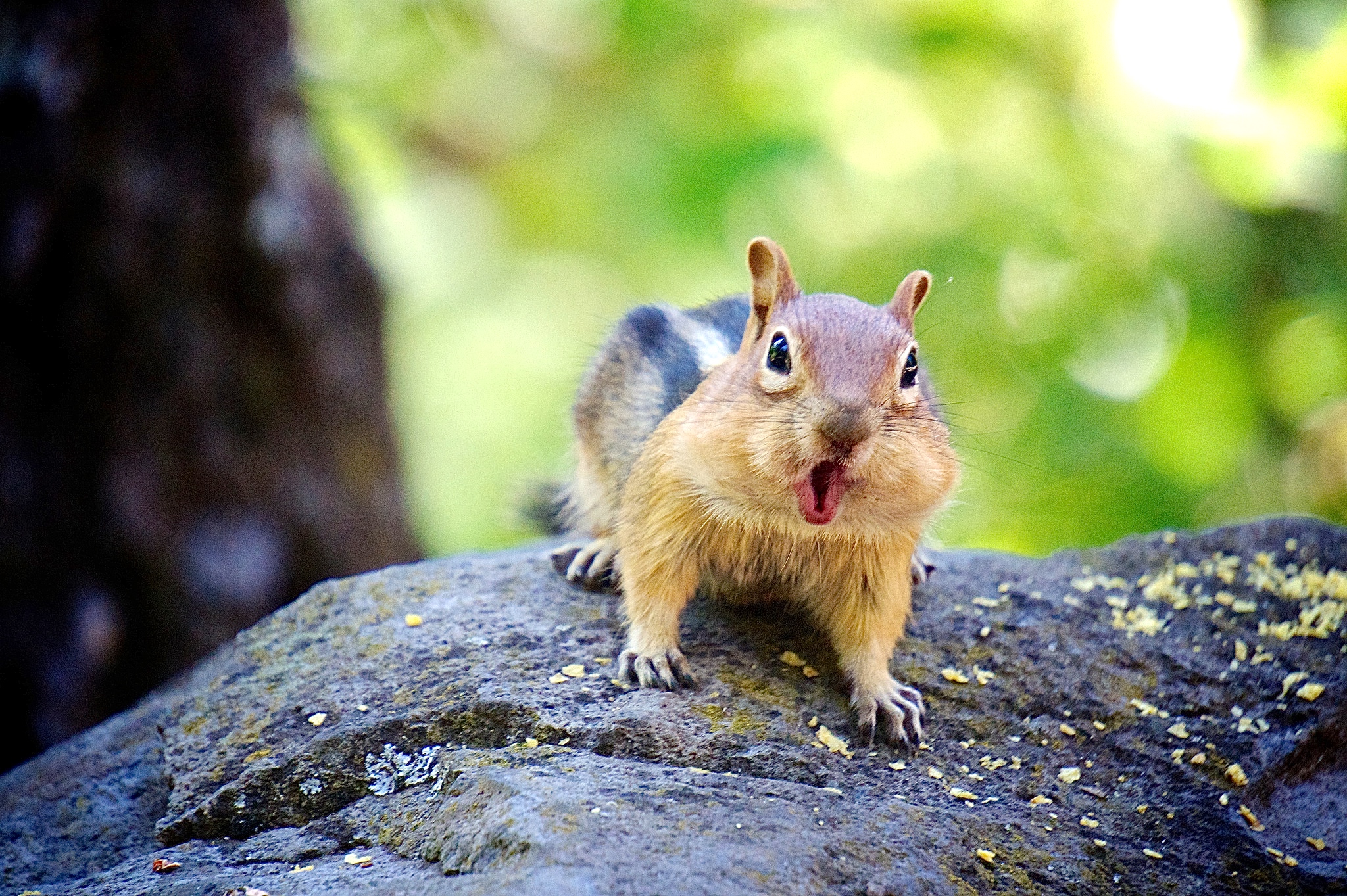

Find a 12-by-12-foot cardboard box and remove the flaps with scissors.įlip it upside down and cut two, two-inch holes in the top. Locate the spot where you want the trap set, preferably near a tree, so that you can use the branches.

The downside to this chipmunk trap is that it takes the most work, but the upside is that it is effective and cruelty-free. One of the best chipmunk and rodent traps is the classic box and rope trap. When you purchase snap traps for catching chipmunks, make sure they are the appropriate size for the type of animal you’re dealing with. Once the rodent’s weight sets off the trap, a metal bar snaps closed and instantly kills the animal. Snap trap works by setting up bait that lures the chipmunks to the trap. Whether you call it a snap trap, mouse trap, rat trap, or chipmunk trap, these devices are among the most common ways to catch and kill chipmunks.Īlthough they aren’t as humane as the catch and release method, they work well for those with a more extensive infestation. This trap is a common rodent trap that has a reasonably high catch rate. Once the rodent moves past the thin stick, the stir stick that they are standing on flips, and they drop into the bucket with no way to get out. The bait placement should be on the very end of the stir stick.įor the trap to work, the chipmunk climbs up the ramp and across the stir stick that balances over the thinner stick. Find a chipmunk attractant, like bird seed or peanut butter. Use the long piece of wood to create a ramp up to the stir stick. Place the thin stick across the top of your bucket and lay the paint stirring stick perpendicular to it so that it reaches about halfway across the bucket’s opening. Check around your yard and in flower beds to spot fresh burrows. Start by locating where you want to set up your trap. The same principle can be applied to homemade skunk traps. Once the chipmunk crawls up the trap, he drops into a bucket and cannot climb out.
#CHIPMUNK AND SQUIRREL HOW TO#
How to Make a Bucket Trapīucket traps are a type of live trap that you can make from items lying around your home. This cage is a humane trap that ensures that the chipmunk gets to live in a better-suited environment than your home.
#CHIPMUNK AND SQUIRREL FREE#
Most trappers take the cage to a field far away from their homes and set the animals free so that they don’t return. The chipmunk smells the food and enters the wire cage while the door closes behind the rodent and prevents it from escaping. Humane animal traps, like a Havahart cage trap, lure the animal with chipmunk baits.īait can be bird seed, sunflower seeds, peanut butter, pet food, or another type of food source. One of the most frequent ways to catch a chipmunk or to deal with a skunk problem is to set up a type of animal trap. If you have a squirrel or chipmunk problem, skim through these methods to find the best way to catch a chipmunk or the best way to catch a squirrel that works for you. Some local laws allow homeowners to kill small animals but be sure to double-check before taking this action. If you’re going to catch a chipmunk or when catching a rat in the garage, it’s safe to assume that you’re going to perform a catch and release somewhere further from your home. On top of that, they cost homeowners hundreds of dollars after climbing up their bird feeders and eating all the seeds. Even though you want to learn how to catch a chipmunk because they cause damage, they also aren’t the best animals to have hanging around if you have children or pets.įinding a solution to get rid of chipmunks is vital because these small rodents carry fleas, rabies, and other diseases that make us sick and sometimes become deadly. The first breeding season takes place just after hibernation in the early spring, and the second takes place toward the final months of summer.Ī litter includes up to eight babies, although at least half typically die from larger predators. Chipmunks usually have rusty brown, red, grey, or black fur with stripes on their faces and backs.Ĭhipmunks populate quickly because they have two breeding seasons. However, they are much smaller than squirrels and spend a large chunk of time in burrows.
/__opt__aboutcom__coeus__resources__content_migration__mnn__images__2020__05__chipmunk-stuffed-cheeks-51d152727016403e9b4b7f7ac3172f5d.jpg)
Chipmunks are closely related to squirrels and have a variety of shapes and colors. Various chipmunks are common all over North America, but the most popular is the Eastern chipmunk.

If you’re stuck wondering how to get rid of chipmunks without calling pest control, keep reading.


 0 kommentar(er)
0 kommentar(er)
